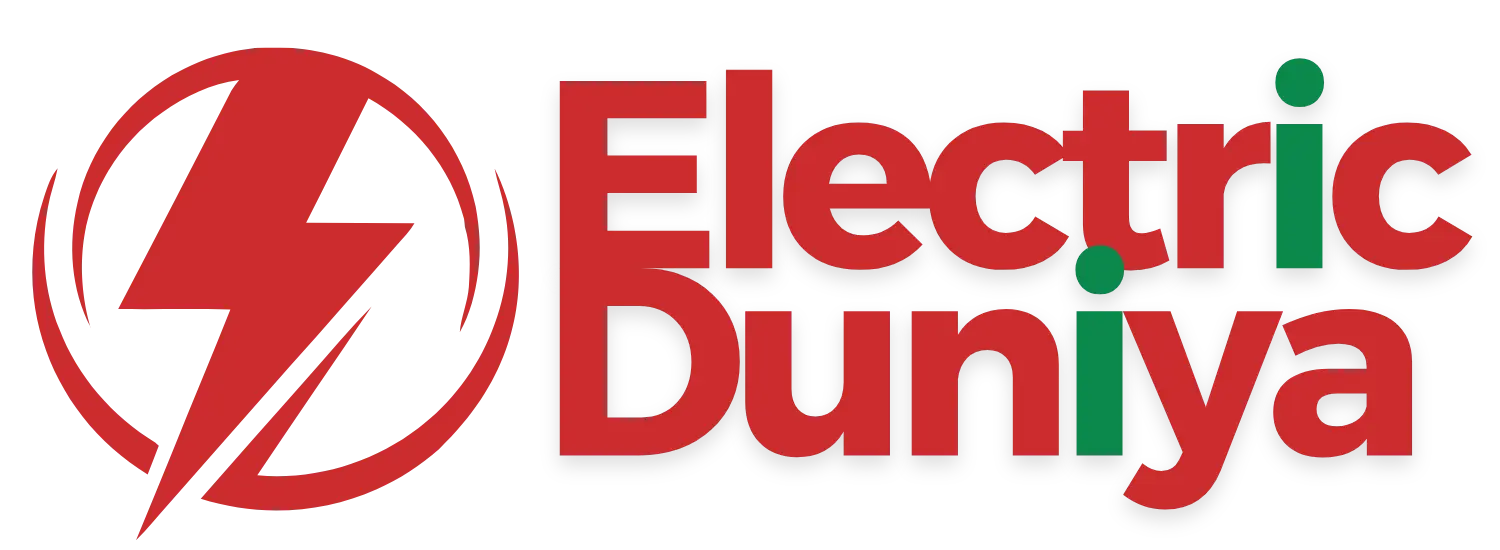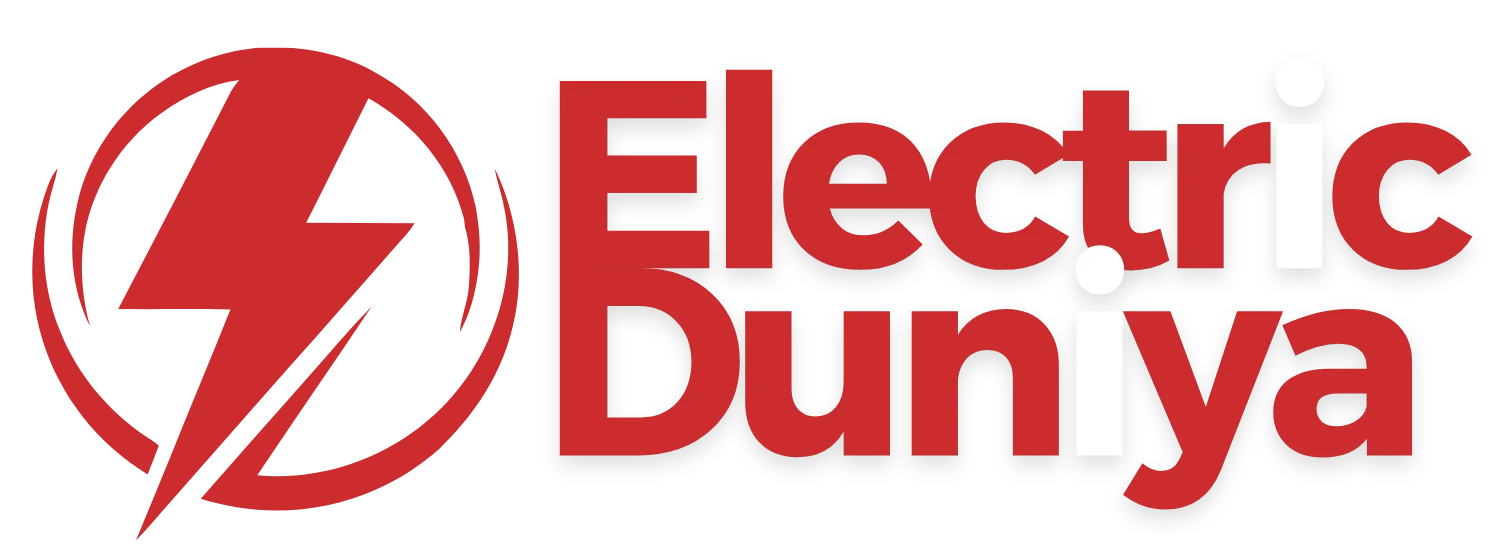DC Motor
A DC Motor is an electromechanical device that converts direct current (DC) electrical energy into mechanical rotational energy. In the electric vehicle (EV) context, DC motors are used to drive propulsion systems by delivering controlled torque and speed.
Overview
A DC Motor is a fundamental component in the evolution of electric mobility. Historically rooted in industrial automation and consumer electronics, DC motors have been adapted and optimized for use in electric vehicles due to their precise control, reliable performance, and compatibility with battery-based power systems.
In EVs, DC motors play a central role in transforming electrical energy stored in the battery pack into rotational motion, which propels the vehicle forward. This motion is carefully modulated to accommodate acceleration, deceleration, and regenerative braking.
There are several types of DC motors used in transportation applications, including Brushed DC Motors, Brushless DC Motors (BLDC), and Permanent Magnet DC Motors—each with specific design characteristics tailored to EV performance metrics like torque delivery, thermal efficiency, and motor longevity.
As EV design increasingly emphasizes efficiency and sustainability, DC motors remain a trusted solution in applications ranging from electric scooters and light-duty cars to power steering and auxiliary systems in electric trucks.
How Does It Work?
A DC Motor operates on the principle of Lorentz Force, where a current-carrying conductor placed in a magnetic field experiences a force. In practice, this involves feeding direct current into the motor’s windings, which generates a magnetic field that interacts with fixed magnets or electromagnetic stators, causing the rotor to turn.
In Brushed DC Motors, mechanical brushes deliver current to the rotating commutator, allowing the magnetic field orientation to continuously shift and maintain motion. In contrast, Brushless DC Motors (BLDC) use electronic controllers to switch the current direction, eliminating friction and wear associated with brushes—making them ideal for modern EVs.
The speed of a DC motor is controlled by adjusting the input voltage, while the torque can be modulated by varying the current. Integrated controllers in EV systems manage this dynamically based on driver input, terrain, and vehicle load, ensuring smooth acceleration and deceleration.
Moreover, many EVs leverage regenerative braking via DC motors, allowing the motor to act as a generator that recovers kinetic energy and feeds it back into the battery during deceleration.
Features of DC Motor
1. Precise Speed and Torque Control
DC motors offer superior controllability over a wide operating range. This makes them ideal for drive systems where responsiveness and smooth acceleration are critical.
2. High Torque at Low Speeds
Especially with series-wound or PMDC (Permanent Magnet DC) configurations, DC motors can deliver maximum torque at zero RPM, enhancing launch performance and hill-climbing capability in EVs.
3. Efficient Energy Conversion
Brushless designs minimize frictional losses, increase thermal efficiency, and reduce maintenance needs. This contributes to better overall vehicle energy efficiency and longer system lifespans.
4. Compact and Lightweight Designs
Modern DC motors can be built with minimal form factor, enabling easier integration into compact electric powertrains, micromobility vehicles, and hybrid systems.
5. Bidirectional Operation (Reversibility)
DC motors can reverse direction by simply changing the polarity of the input voltage, simplifying drivetrain designs and enabling regenerative functions.
Applications in EV
Propulsion Systems in Light EVs
Many two-wheelers, three-wheelers, and low-speed neighborhood electric vehicles (NEVs) use DC motors due to their affordability and low-voltage compatibility. They offer sufficient torque and acceleration for short-distance mobility.
Auxiliary Functions in High-Performance EVs
Even in advanced electric cars, DC motors are used for secondary systems like power windows, seat adjusters, HVAC fans, and steering assist systems due to their simplicity and controllability.
Regenerative Braking Mechanism
DC motors contribute to energy recovery systems by switching to generator mode when the vehicle decelerates. This not only enhances range but also improves braking efficiency and battery lifespan.
Fleet and Industrial EV Applications
DC motors are commonly found in forklifts, electric carts, and last-mile delivery vehicles where ease of maintenance, cost-efficiency, and robust torque delivery are prioritized.
Conclusion
The DC Motor remains a cornerstone of electric vehicle engineering. Its ability to deliver instant torque, allow fine-tuned control, and support regenerative features makes it a compelling choice in both propulsion and peripheral EV systems.
As electric mobility continues to scale, the versatility of DC motors—especially in brushless and high-efficiency configurations—ensures they will remain relevant in shaping reliable, cost-effective, and sustainable EV solutions. From foundational micro-mobility to complex automotive subsystems, the DC motor exemplifies electromechanical synergy in motion.

